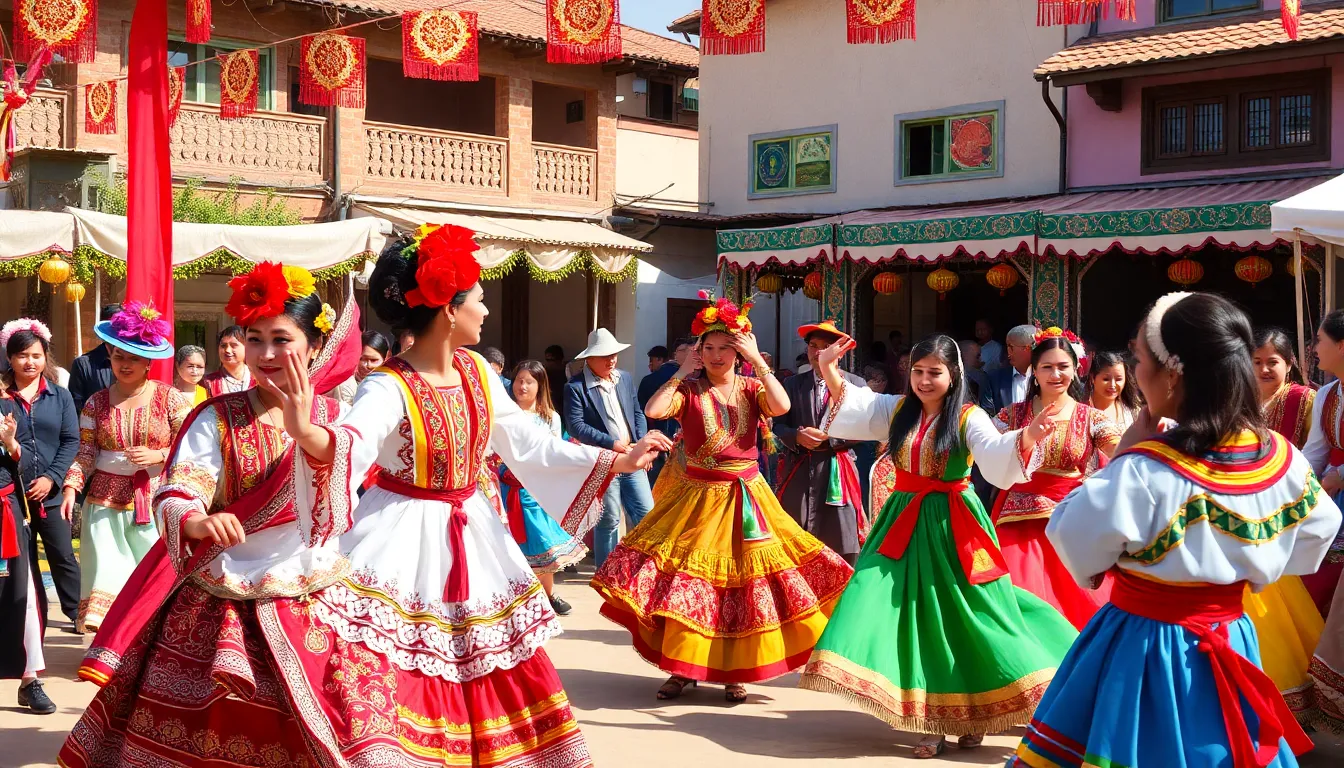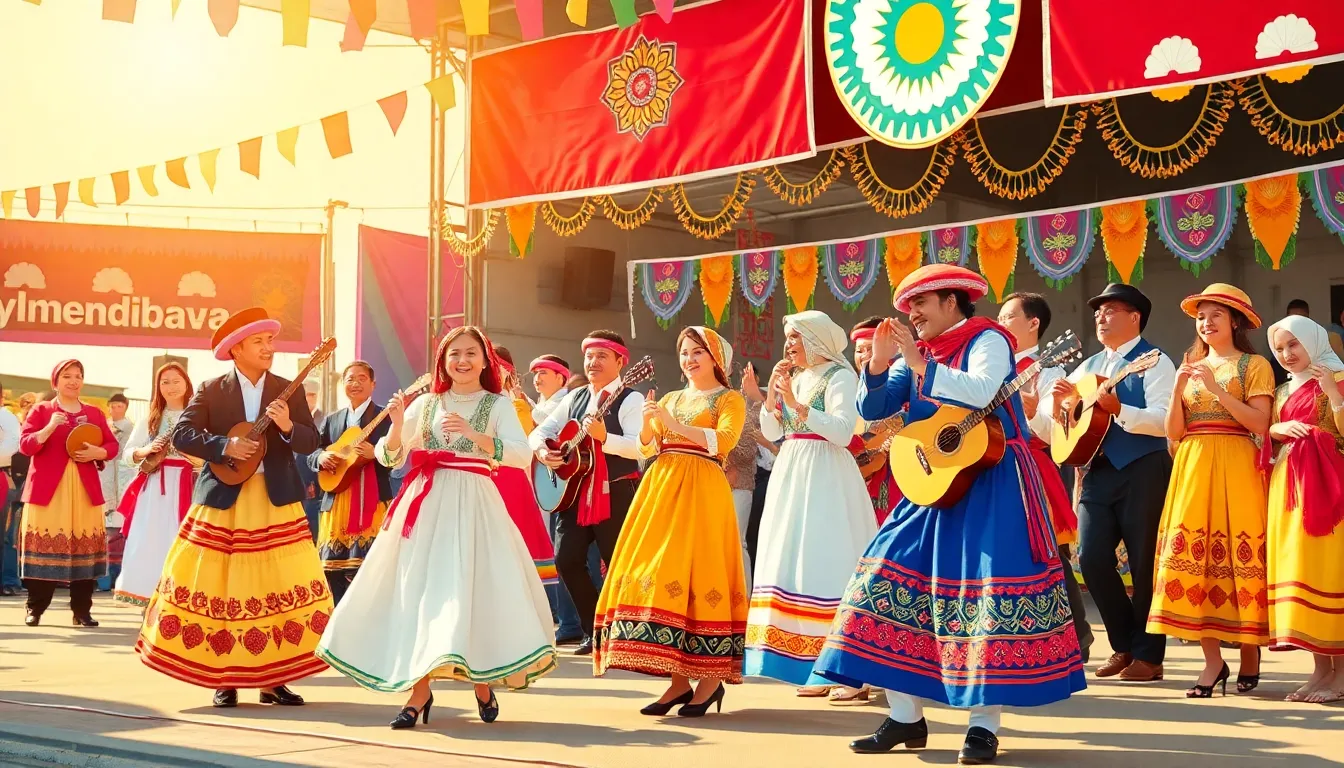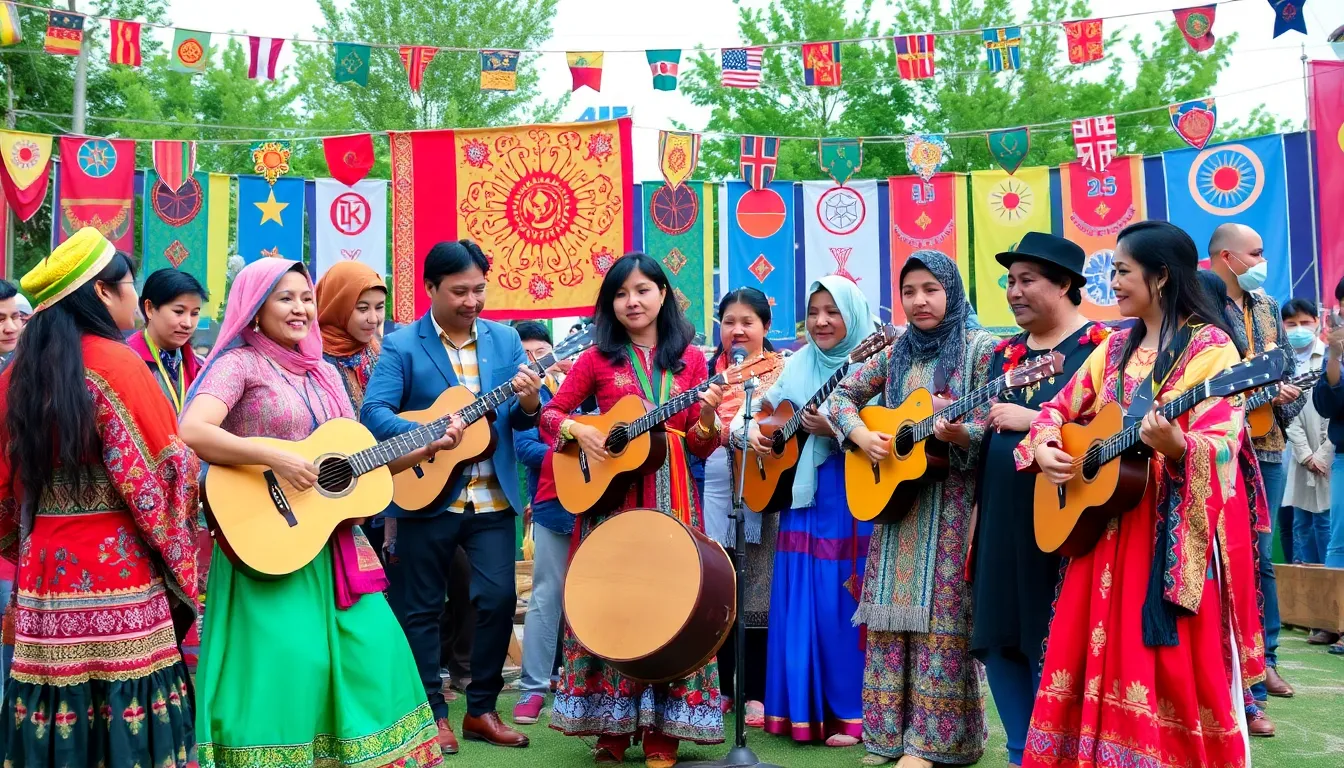In a world filled with buzzwords and fleeting trends, “asylmendibaeva” stands out like a unicorn at a dog show. This intriguing term has captured the attention of many, sparking curiosity and a dash of confusion. What could it possibly mean? Is it a new dance move or perhaps a secret recipe for the perfect cookie? Spoiler alert: it’s neither, but it’s definitely worth diving into.
Table of Contents
ToggleOverview of Asylmendibaeva
Asylmendibaeva represents a concept with rich cultural and historical significance. Rooted in Central Asian traditions, this term connects to various aspects of local heritage. Scholars explore its ties to folk art, music, and storytelling, showcasing its relevance in contemporary society.
Cultural enthusiasts celebrate asylmendibaeva for its vibrant expressions in artistic forms. Artists and musicians often incorporate its themes into their works, fostering a deeper understanding of regional identities. This term serves as a catalyst for conversations surrounding identity and community values.
Research highlights that asylmendibaeva often symbolizes resilience and the enduring spirit of local populations. Documentaries and art exhibitions frequently feature it, drawing attention to its profound impact on community cohesion. Additionally, folklore surrounding asylmendibaeva enriches national narratives, reinforcing the importance of preserving these traditions.
Education plays a crucial role in disseminating knowledge about asylmendibaeva. Schools and universities frequently include it in their curricula, allowing students to explore heritage and cultural significance. Academic papers focused on this term often emphasize its socio-political implications, reflecting its broader relevance.
In public discourse, asylmendibaeva sparks debates on cultural preservation and modernization. Activists advocate for maintaining its relevance in a rapidly changing world, emphasizing the importance of tradition amidst globalization. Through such dialogues, communities strive to uphold asylmendibaeva, ensuring that future generations recognize its value.
Historical Background


Asylmendibaeva carries deep cultural roots and embodies a rich history. This concept reflects the interconnectedness of heritage, art, and societal values.
Cultural Significance
Asylmendibaeva plays an important role in Central Asian culture. Traditionally, it embodies themes related to community bonding and artistic expression. Artists often draw inspiration from this concept, weaving its narratives into music and visual arts. Its festive representations during local celebrations rally communities together, emphasizing shared identities. Furthermore, it serves as a medium for storytelling, where ancestral tales and modern interpretations highlight its relevance. Cultural festivals frequently showcase performances centered around asylmendibaeva, enhancing its visibility. Through education, the next generation develops an appreciation for its significance, ensuring its ongoing relevance.
Key Figures
Prominent individuals in the asylmendibaeva narrative include respected artists, musicians, and scholars. Renowned musicians incorporate its themes into their compositions, enriching the cultural tapestry. Artists create visual representations that communicate the essence of asylmendibaeva, sparking conversations about cultural preservation. Scholars have published research that emphasizes its historical context, shedding light on its evolution throughout the years. Community leaders advocate for the integration of asylmendibaeva in educational curricula, reinforcing its importance in contemporary society. Notable figures frequently participate in documentaries and art exhibitions, further promoting this cultural symbol and its implications for future generations.
Contemporary Relevance
Asylmendibaeva holds significant contemporary relevance, reflecting its deep-rooted cultural and historical importance in Central Asia. Scholars and cultural enthusiasts continue to explore its meanings and applications in today’s society.
Modern Interpretations
Modern interpretations of asylmendibaeva encapsulate diverse artistic expressions. Artists infuse its themes into paintings, performances, and music, showcasing how it resonates with current narratives. Musicians often incorporate elements of asylmendibaeva in their compositions, blending traditional sounds with contemporary styles. Visual artists draw inspiration from its concepts, resulting in vibrant and innovative works that engage audiences. This continual evolution ensures asylmendibaeva remains relevant and dynamic, reflecting the changing cultural landscape.
Influences on Society
Asylmendibaeva influences society by fostering a sense of belonging and community. Cultural festivals celebrate its legacy, bringing people together to honor shared heritage. Educational institutions recognize its significance, integrating it into curricula to promote understanding among students. Activists advocate for its preservation, emphasizing its importance in maintaining local identities amidst globalization. Discussions surrounding asylmendibaeva raise awareness of cultural values and heritage, enriching public discourse. This collective recognition strengthens community ties and reinforces cultural pride.
Challenges and Opportunities
The concept of asylmendibaeva faces several challenges while also presenting unique opportunities for cultural expression and awareness.
Current Issues
Current issues surrounding asylmendibaeva include cultural preservation and the impact of globalization. Artists express concern that modernization threatens the traditional aspects of the term, diluting its significance. Community members often engage in discussions about maintaining authenticity amidst evolving artistic expressions. Education systems sometimes overlook the importance of asylmendibaeva, limiting exposure for students. Scholars highlight the need for a more robust integration into curricula to enhance understanding. Activists work tirelessly to bring attention to these challenges, ensuring asylmendibaeva remains relevant in public discourse.
Future Prospects
Future prospects for asylmendibaeva involve harnessing technology and social media to reach wider audiences. Artists can use digital platforms to showcase their interpretations, enhancing visibility for traditional themes. Cultural festivals might grow in scale and participation, celebrating the richness of asylmendibaeva. Education initiatives could expand their focus, fostering collaboration between institutions and local communities. Increased awareness of socio-political implications may drive advocates to push for greater recognition of its value. Engaging the next generation could ensure that asylmendibaeva thrives, reinforcing cultural pride and identity in a globalized world.



